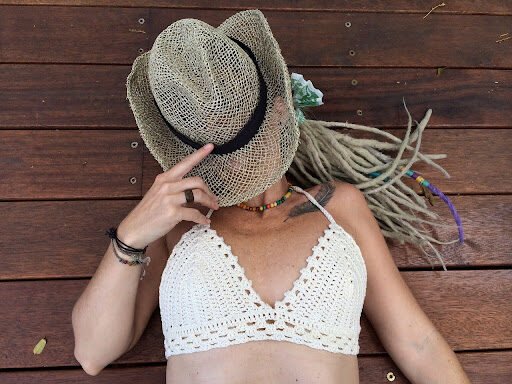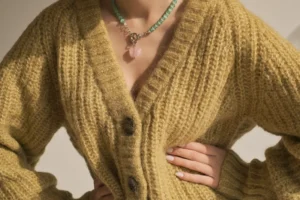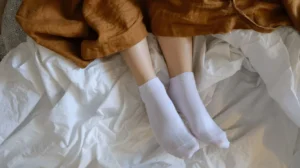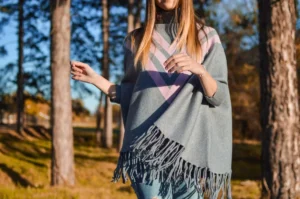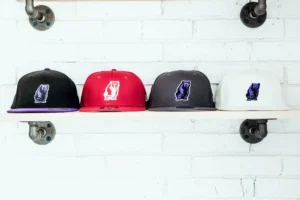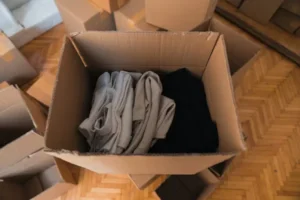Disclaimer: The information in this article is for general guidance and personal opinion only. Always consider product materials, construction quality, and individual comfort before using swimwear for water activities. For specific safety or performance concerns, consult the manufacturer or a swimwear professional.
The short answer is yes, you absolutely can swim in a crochet bikini, but understanding the nuances of handmade swimwear ensures you get the most out of your beautiful, artisan-crafted pieces.
Everyone acts like woven bikinis are just Instagram props that fall apart the second they touch water. That’s nonsense. Good crochet bikinis work perfectly fine for swimming; you just need to know what to look for.
The real issue is that most people buy crochet pieces based on their appearance without understanding how they’re made or what materials are suitable for use in water. Then they’re shocked when their cotton bikini turns into a soggy mess.
What Makes Crochet Bikinis Different
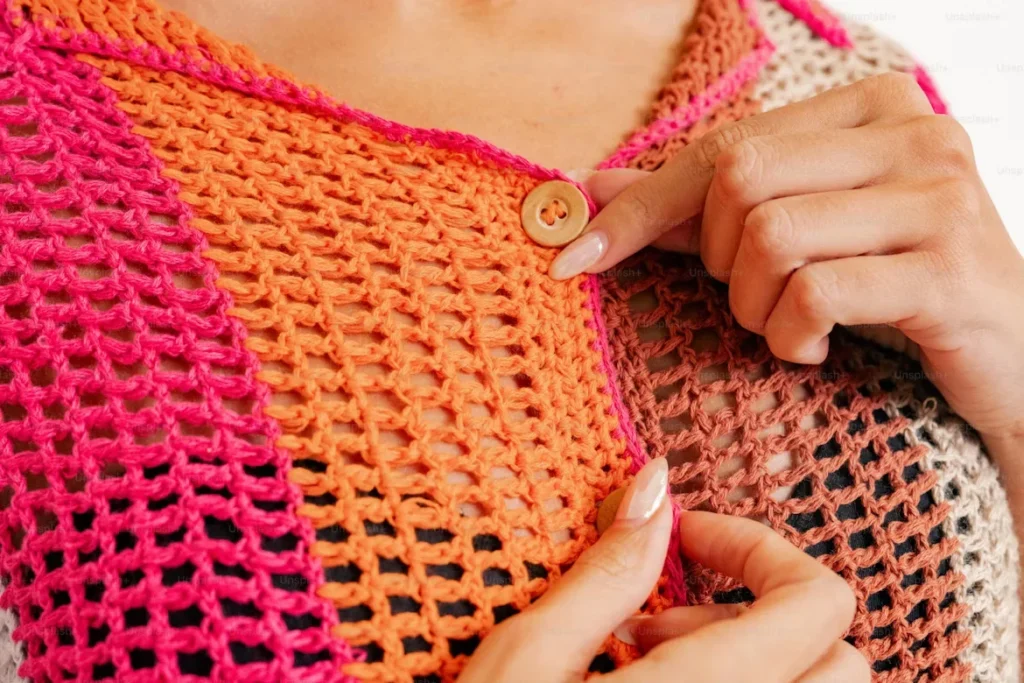
It has holes. That’s the point; the open stitches create patterns and texture that solid fabric can’t match. Each piece gets made by hand, so slight variations in tightness and pattern execution happen naturally.
Traditional swimwear utilizes synthetic fabrics engineered specifically for use in water. Crochet pieces rely on the right yarn choice and someone who knows what they’re doing with a hook.
According to a report by Fortune Business Insights, the global swimwear market is experiencing significant growth, driven by fashion trends and rising consumer interest in beachwear.
Yarn Choice Makes or Breaks Everything
Cotton feels great, but turns into a water sponge. It takes forever to dry and gets heavy when wet. Not ideal for actual swimming unless you enjoy feeling like you’re wearing a damp towel.
Acrylic works way better in water. It dries faster and absorbs less, although it may feel less natural on your skin.
Specialty swim yarns are where it’s at; synthetic blends explicitly made for water exposure. They perform like regular swimwear while keeping that handmade look.
Lining Isn’t Optional
Here’s what separates functional woven bikinis from decorative ones: proper lining. Without it, those pretty open stitches become see-through disasters the moment they get wet.
Good swimwear lining that stretches with the outer crochet layer. This prevents embarrassing transparency while allowing the crochet pattern to show through.
Swimming Reality Check
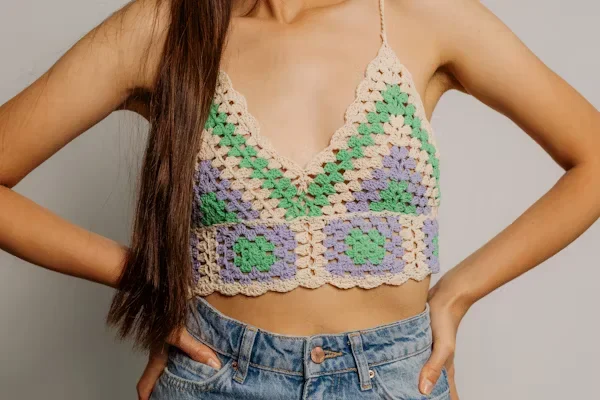
Crochet swimwear absorbs more water than regular swimsuits due to all the holes. Cotton pieces can take up to 2 hours to dry completely. Synthetic blends typically dry in approximately 30 minutes under optimal conditions.
Pool chemicals can gradually affect colors and fibers over time. Salt water makes some yarns stiffen slightly. But honestly? The open stitch pattern works well in moving water, as water flows through it instead of creating drag.
Wet crochet stretches differently from dry crochet, especially with natural fibers. This can improve the fit as the fabric relaxes and molds to your body shape. Just don’t size down thinking it’ll shrink back; stretched crochet stays stretched.
Picking Pieces That Work
Skip triangle tops if you plan to do anything more active than floating. They look cute but offer zero support when you’re moving around underwater.
Structured designs with defined cups work way better for real swimming. The construction method affects how well the top keeps its shape when soaked.
Two-piece sets dry faster since air gets around each piece. One-piece swimsuits provide more coverage and support, but they take longer to dry because there’s more fabric holding water.
For active swimming, you want a snug fit when dry that allows for slight stretching when wet. Too loose, and everything shifts around. Too tight and you’ll stretch it out permanently.
Care That Doesn’t Ruin Your Investment
Hand wash in cool water with gentle detergent. Don’t wring or twist; that distorts the stitches and ruins the shape. Squeeze out the water gently by pressing between clean towels.
Lay flat to dry and reshape while the material is still damp. Never hang wet crochet pieces because the water weight stretches everything out. Keep them out of direct sunlight to prevent fading.
Store flat or folded gently during the off-season. Check regularly for loose threads that need fixing. The cool thing about handmade pieces? They can usually be repaired, unlike mass-produced items that often end up in the trash.
When Crochet Bikinis Excel
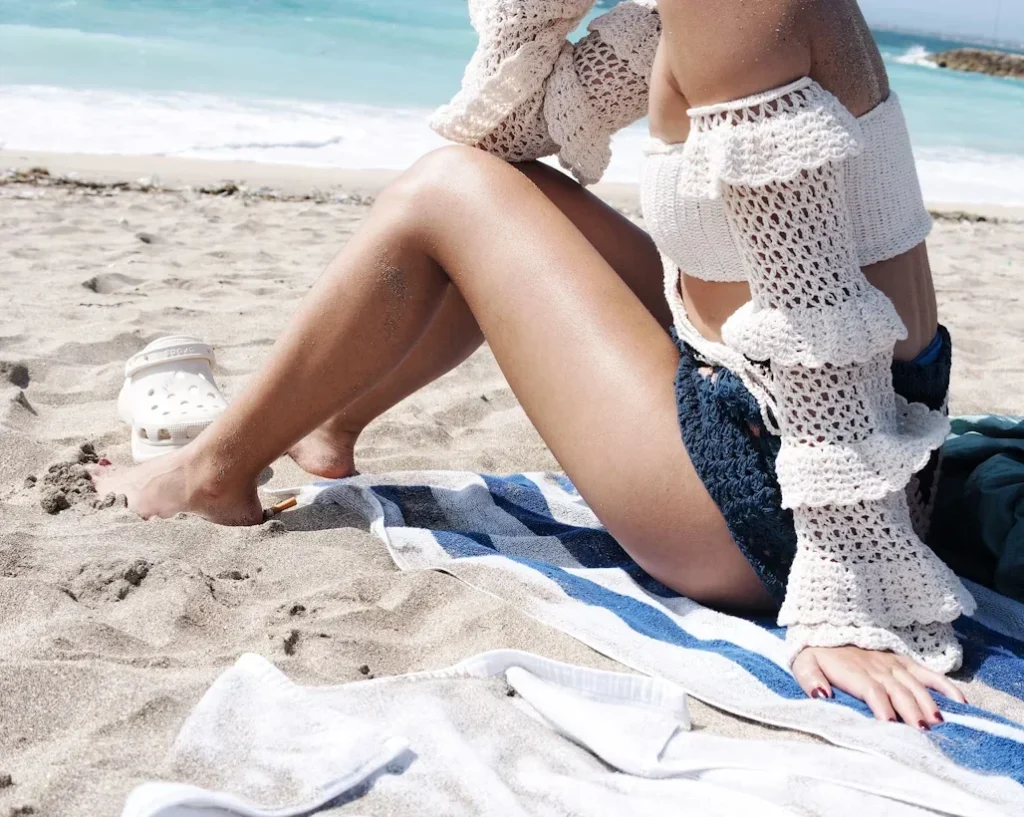
Pool lounging? Perfect. Beach sunbathing? Great. Moderate swimming? Fine. Intense water sports? Probably not your best bet.
The handmade appeal shines during relaxed water activities where you want to look unique without sacrificing function. Consider what you’ll be doing before choosing between crochet and performance swimwear.
Expert Reality
Fashion industry data indicate that 78% of people purchase crochet swimwear for aesthetic reasons rather than for swimming. Designer Maria Santos puts it simply: “Most customers discover their pieces work underwater after buying them for Instagram. Quality construction makes the difference between decorative and functional swimwear.”
The takeaway? Don’t assume crochet means non-functional. Good pieces work well for swimming when made appropriately.
Beyond Swimming
Woven bikinis transition beautifully from water to summer outfits. Throw on shorts or a flowing skirt, and you’ve got casual wear that shows off the texture and craftsmanship.
Each handmade piece is genuinely unique, even when using the same pattern. Those slight imperfections prove human hands made your bikini, not a factory machine.
Bottom Line
Stop overthinking crochet swimwear. Good ones work for swimming, period. The trick is buying quality pieces made with appropriate materials rather than just whatever looks cute online.
Quality crochet swimwear from JMP The Label combines fashion-forward design with functional construction for pieces you’ll treasure season after season. Choose structured designs with a proper lining made from synthetic or swim-specific yarns. Take care of them properly, and they’ll last multiple seasons while looking far more captivating than ordinary swimwear.
Frequently Asked Questions
Do woven bikinis fall apart in water?
High-quality crocheted bikinis, crafted with suitable yarns and meticulous construction, withstand water well. Cheap pieces made with cotton or poor construction techniques might have issues, but well-made ones perform like regular swimwear.
How long do wet crocheted bikinis take to dry?
Synthetic yarn blends dry in 30-60 minutes under good conditions. Cotton can take 2+ hours. Lay flat in a well-ventilated area, away from direct sunlight, for optimal results.
Can you machine wash crocheted bikinis?
Hand washing is most effective in preserving the stitches and shape. Machine washing can stretch or distort handmade pieces, especially those made of delicate construction or natural fibers.






